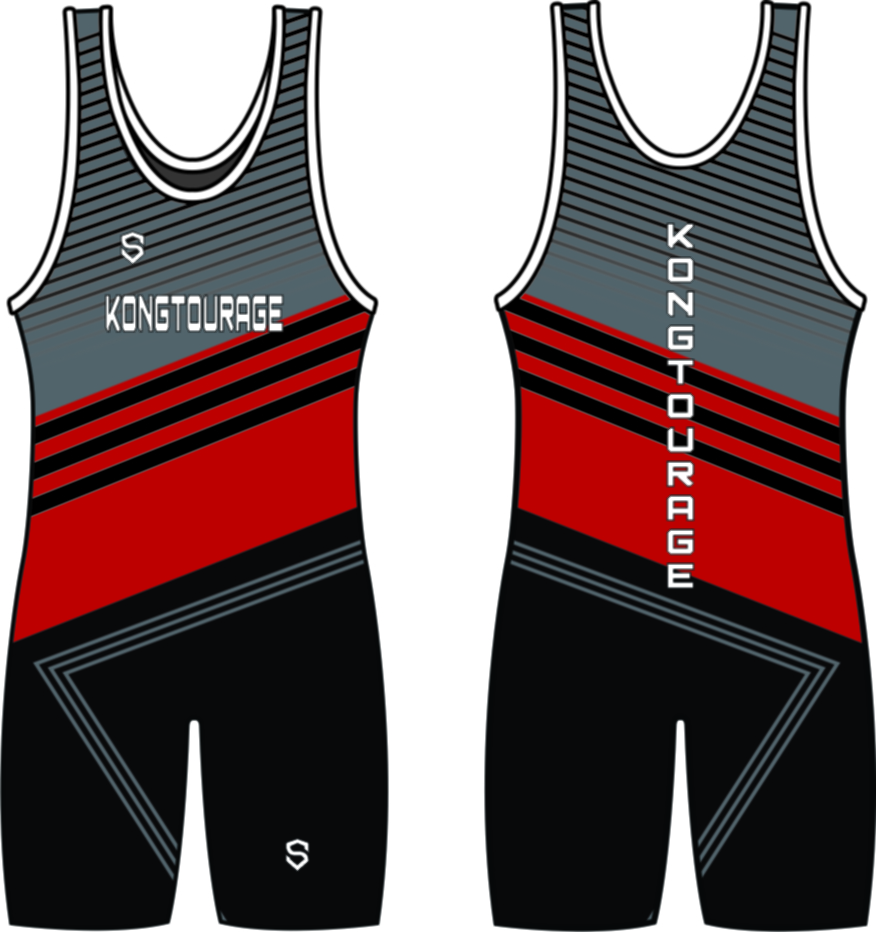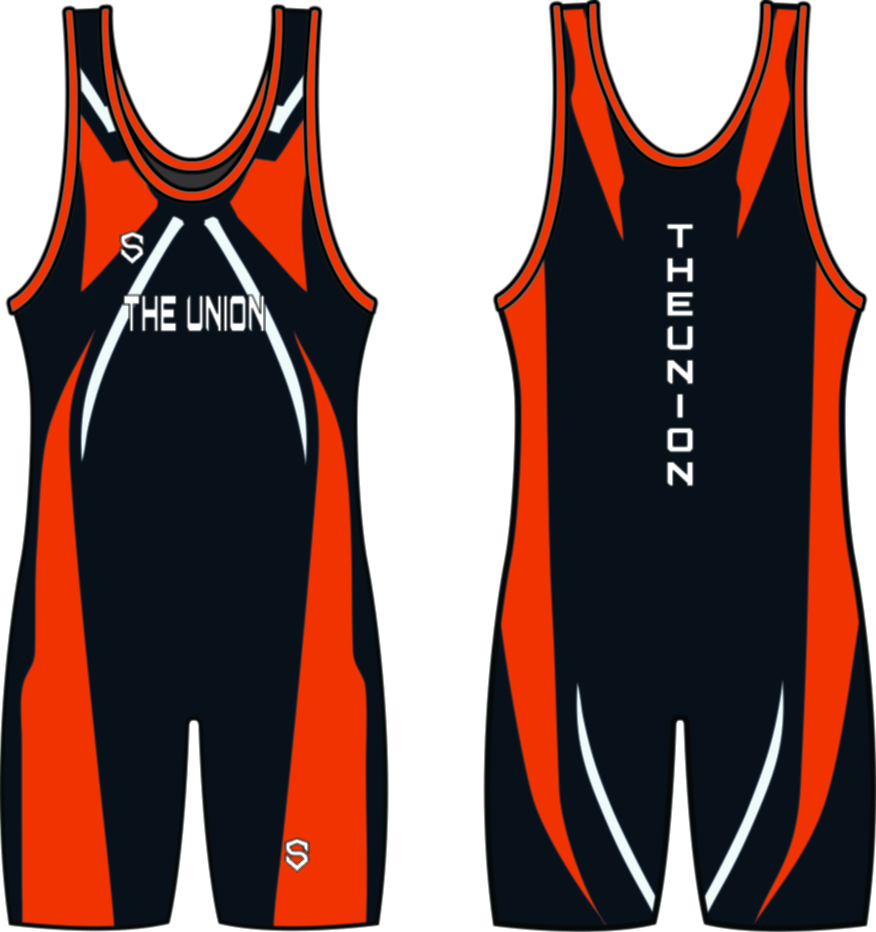Wrestling Singlet: An Iconic Piece
The wrestling
singlet is an iconic piece of athletic apparel, synonymous with the world of
amateur and professional wrestling.
This form-fitting garment, characterized by its sleeveless, one-piece design,
plays a crucial role in the sport, providing both functionality and tradition
to wrestlers across the globe.
First and foremost, let's delve into the practical aspects
of the wrestling singlet. This
specialized attire is designed to be snug and streamlined, allowing wrestlers
to move freely while grappling on the mat. The singlet's tight fit reduces the
risk of opponents grabbing onto loose fabric during a match, thereby minimizing
potential interference or injury. This functionality is key in a sport where
agility, speed, and technique are paramount.
Beyond its utilitarian role, the wrestling singlet also serves as a
symbol of identity and team spirit. Wrestlers often wear singlets emblazoned
with their school or club colors, proudly representing their affiliation during
competitions. The singlet becomes a visual representation of camaraderie and
unity among teammates, fostering a sense of pride and belonging within the wrestling community.
Moreover, the wrestling
singlet is steeped in tradition, harkening back to the sport's ancient origins.
Wrestling has a rich history
spanning thousands of years, with depictions of athletes wearing similar forms
of attire found in ancient civilizations. Over time, the singlet has evolved
into the standardized garment we recognize today, preserving a link to wrestling's enduring heritage.
For wrestlers, the singlet is not merely a uniform but a
psychological asset. Donning this distinctive attire before a match can be
empowering, signaling readiness and commitment to the sport. The singlet's
close fit also underscores the physical prowess of the athlete, highlighting
the dedication and hard work required to compete at a high level.
Despite its practicality and symbolism, the wrestling singlet has not been without
controversy. Some critics argue that the singlet's revealing nature can be
uncomfortable or embarrassing for athletes, especially during adolescence. This
has led to discussions about alternative uniform options that balance
functionality with athlete comfort and confidence.
In recent years, there has been a growing movement to
explore alternatives to the traditional singlet, such as compression shorts and
rash guards. These garments offer athletes more coverage while still providing
the necessary performance benefits. However, the singlet remains deeply
entrenched in wrestling culture,
with many athletes embracing its heritage and functionality.
It's important to note that the wrestling singlet is not just a piece
of clothing; it represents the discipline and dedication of those who wear it.
Wrestlers train tirelessly to hone their skills and perfect their craft,
embodying the sport's values of perseverance and sportsmanship. The singlet, in
many ways, becomes a badge of honor, worn proudly by those who have embraced
the challenges and triumphs of wrestling.
In conclusion, the wrestling
singlet is far more than just a garment—it's a symbol of athleticism,
tradition, and identity within the wrestling
community. Its form-fitting design and distinctive appearance make it a
recognizable staple of the sport, embodying the values of discipline,
commitment, and teamwork. While debates about its design and comfort persist,
the wrestling singlet endures as a
testament to the enduring spirit of wrestling
and the athletes who embrace its challenges.





Comments
Post a Comment